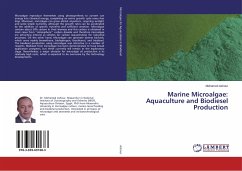
3,99 €
inkl. MwSt. und vom Verlag festgesetzt.
Sofort per Download lieferbar

Broschiertes Buch
22. April 2015
LAP Lambert Academic Publishing
Ähnliche Artikel

3,99 €
inkl. MwSt. und vom Verlag festgesetzt.
Sofort per Download lieferbar

3,99 €
inkl. MwSt. und vom Verlag festgesetzt.
Sofort per Download lieferbar

3,99 €
inkl. MwSt. und vom Verlag festgesetzt.
Sofort per Download lieferbar

3,99 €
inkl. MwSt. und vom Verlag festgesetzt.
Sofort per Download lieferbar

3,99 €
inkl. MwSt. und vom Verlag festgesetzt.
Sofort per Download lieferbar

3,99 €
inkl. MwSt. und vom Verlag festgesetzt.
Sofort per Download lieferbar

4,99 €
inkl. MwSt. und vom Verlag festgesetzt.
Sofort per Download lieferbar

3,99 €
inkl. MwSt. und vom Verlag festgesetzt.
Sofort per Download lieferbar

3,99 €
inkl. MwSt. und vom Verlag festgesetzt.
Sofort per Download lieferbar

3,99 €
inkl. MwSt. und vom Verlag festgesetzt.
Sofort per Download lieferbar
Ähnlichkeitssuche: Fact®Finder von OMIKRON
